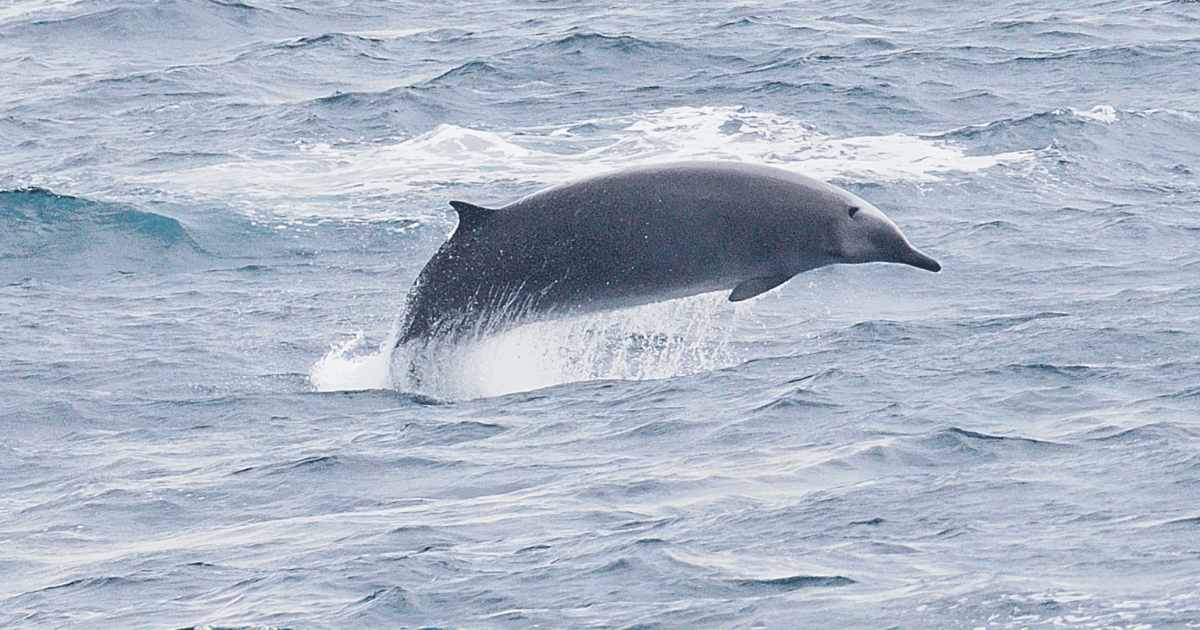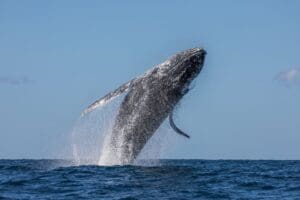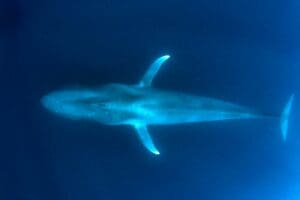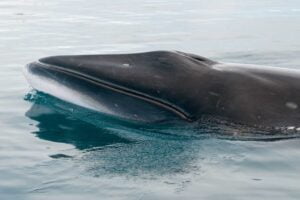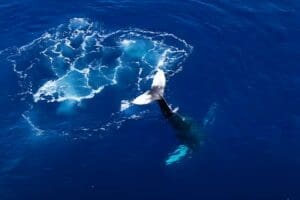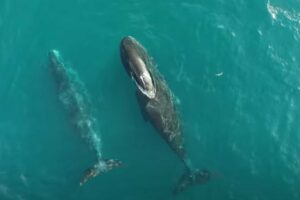Mysteries of the Deep: Andrews’ Beaked Whale Explained
Imagine yourself plunged into the enigmatic world of the deep blue sea, where wonders and secrets swirl around you like currents in the ocean. The Andrews’ beaked whale, one of the most elusive creatures lurking beneath the waves, has long captivated marine biologists and ocean aficionados alike. Let’s uncover the fascinating life of this rarely-seen mammal. Discover its unique adaptations, behavior, and the ongoing quest to learn more about its secretive existence in the vast and wondrous marine landscape.
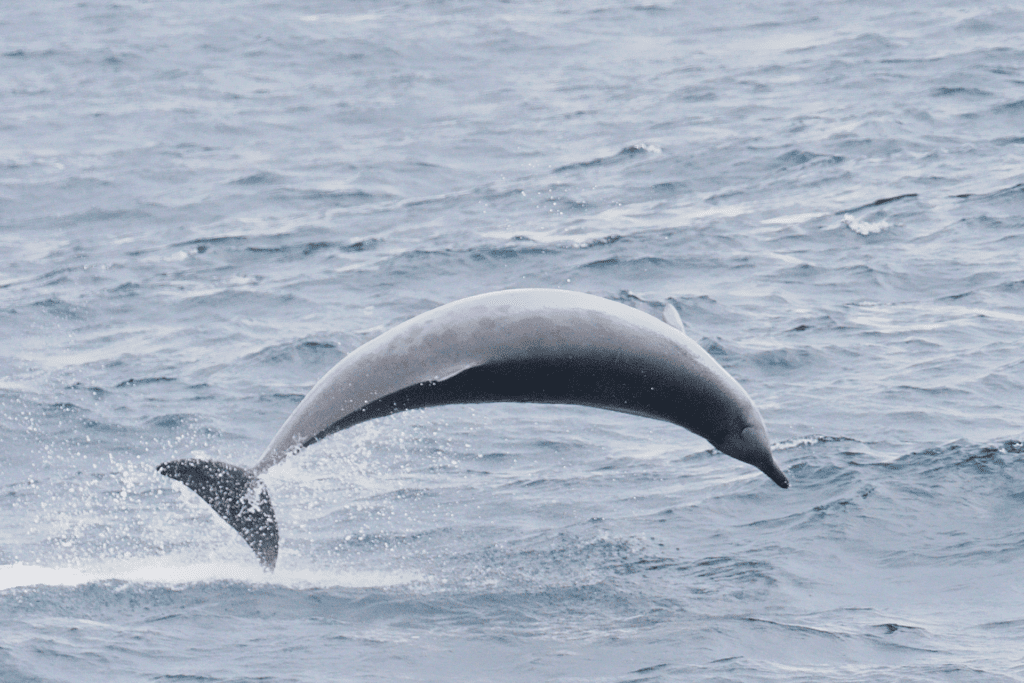

Understanding Beaked Whales
Beaked whales are a bit of a mystery to many of us. They belong to the family Ziphiidae, which is one of the most specialized of all the cetacean families. There are over 22 species of beaked whales, and despite being one of the most widespread groups of cetaceans, they remain some of the least understood marine mammals.
The beaked whale family
You might be fascinated to know that the family Ziphiidae includes some of the most deep-diving and enigmatic creatures in the ocean. Beaked whales are known for their distinctive elongated beaks, and they are often found in deep ocean waters far from shore. Their family is diverse, with species varying widely in size, color, and behavior.
Distinguishing features of beaked whales
Beaked whales are recognized by their prominent beaks and typically large, conical teeth. They have a sleek, streamlined body that is well-adapted for deep diving. Unlike other whales, their dorsal fin is located far back on their body, and some species have distinctive scars and markings, which are believed to result from males jousting with one another using their teeth.
The elusive nature of beaked whales
Your curiosity might pique when you learn about the elusive behavior of these whales. They are rarely seen because they spend a significant amount of time diving in deep, offshore waters, often reaching depths of over 1,000 meters, and they can hold their breath for an impressive duration, sometimes over an hour. This makes encounters with humans infrequent and our understanding of them incomplete.
Introducing Andrews’ Beaked Whale
The Andrews’ beaked whale, a particular species within the beaked whale family, has unique characteristics and mysteries.
Taxonomic classification
The Andrews’ beaked whale (Mesoplodon bowdoini) sits under the order Cetacea, which includes all whales, dolphins, and porpoises, and is part of the family Ziphiidae, specifically the genus Mesoplodon.
Physical description and size
In terms of physical description, you would likely be struck by its distinct beaked snout if you were to see an Andrews’ beaked whale. They can grow to about 4.5 to 5.5 meters in length, with males typically being slightly smaller than females, a unique trait among cetaceans.
Naming: The history behind the name
The Andrews’ beaked whale is named after Roy Chapman Andrews, a notable American naturalist and explorer. His contributions to marine biology in the early 20th century significantly expanded scientific knowledge about these creatures.
Habitat and Distribution
Understanding where an Andrews’ beaked whale calls home is no simple task due to their reticence and deepwater preferences.
Geographic range
Primarily found in the Southern Hemisphere, the Andrews’ beaked whale’s range is believed to circulate in cool temperate waters, mostly around the southern tip of South America and the Southern Ocean surrounding Antarctica.
Preferred environmental conditions
They favor the deep waters of the open ocean. This preference makes it difficult to encounter them as they are far from the coast and usually below the surface, where direct observation is nearly impossible.
Challenges in mapping their habitat
One of the primary challenges in mapping their habitat is that sightings are incredibly rare, and most of what is known comes from stranded individuals. Therefore, defining their exact range and preferred habitat remains a challenge for marine biologists.
Behavioral Patterns
The unique behaviors of the Andrews’ beaked whale provide insights into their adaptation to the deep-sea environment.
Diving and feeding habits
They are known for their impressive deep diving capabilities, diving to remarkable depths to feed, with some dives recorded at depths of over 1,000 meters and lasting up to an hour. This ability suggests they are pursuing prey that resides in these extreme depths of the ocean.
Social structure and group behavior
You might be surprised to know that much about their social structure and group behavior is still unknown. However, the majority of beaked whales are believed to be relatively solitary or exist in small groups, and this is likely true for Andrews’ beaked whales as well.
Vocalizations and communication
Even less understood are their methods of communication. Like other deep-diving cetaceans, they likely use a series of clicks and calls to navigate and locate prey, but the specifics of their vocalizations are still largely a mystery.
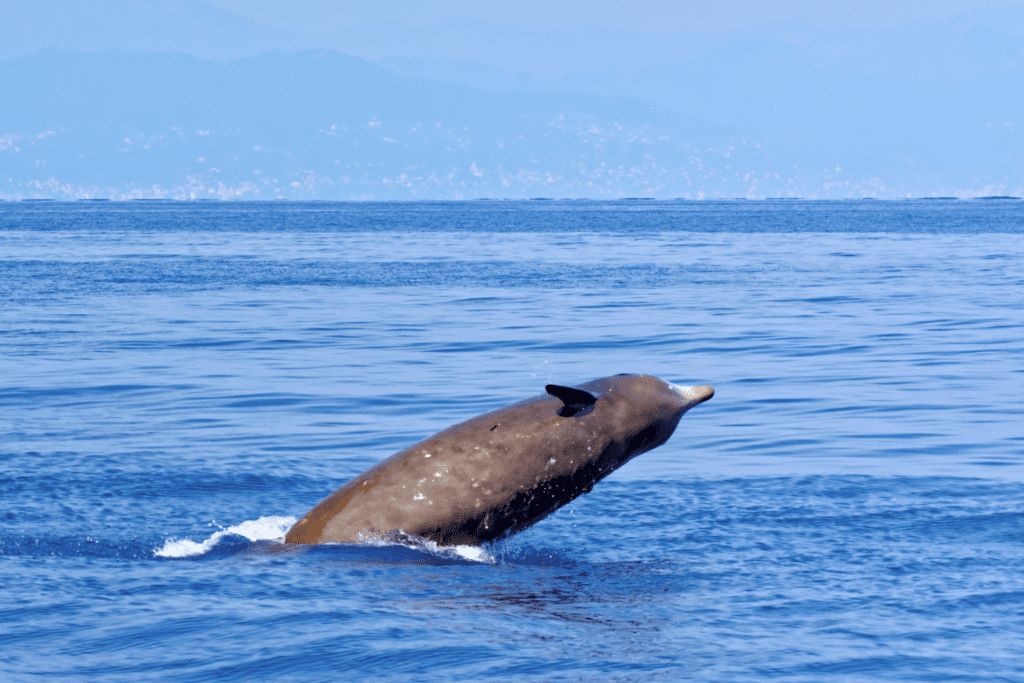

Reproductive Biology
Reproduction is an essential aspect of life, and for Andrews’ beaked whales, it remains mostly veiled in mystery.
Breeding habits
Information on the breeding habits of the Andrews’ beaked whale is sparse. Beaked whales in general are thought to have a low reproductive rate, calving every few years, which may also be the case for this species.
Gestation period and calf rearing
Beaked whales are estimated to have a gestation period of about 12 months. After birth, calves are likely to stay with the mother for over a year, breastfeeding and learning the necessary skills for survival in the deep sea.
Challenges in Studying Reproduction
Direct observation of reproducing Andrews’ beaked whales has not been documented due to their elusive nature. Strandings have provided some data, but the deep-sea environment where these events occur is beyond easy reach for study, complicating our understanding of their reproductive biology.
Diet and Foraging Strategies
Typical prey
Their diet is presumed to consist mainly of deep-sea fish and squid, which are common prey for deep-diving cetaceans. Nonetheless, the specifics of what constitutes the bulk of an Andrews’ beaked whale’s diet are poorly documented.
Hunting techniques
Using their well-adapted echolocation capabilities, they can detect and hunt their prey in the ocean’s pitch-black depths. Their bodies are adapted for rapid and deep dives, allowing them to reach areas abundant with prey.
Deep-sea feeding challenges
The high-pressure and low-light environments of the deep sea present a range of feeding challenges. The Andrews’ beaked whale, like other beaked whales, has evolved to overcome these difficulties, but exactly how they do so remains one of the many riddles of the deep.
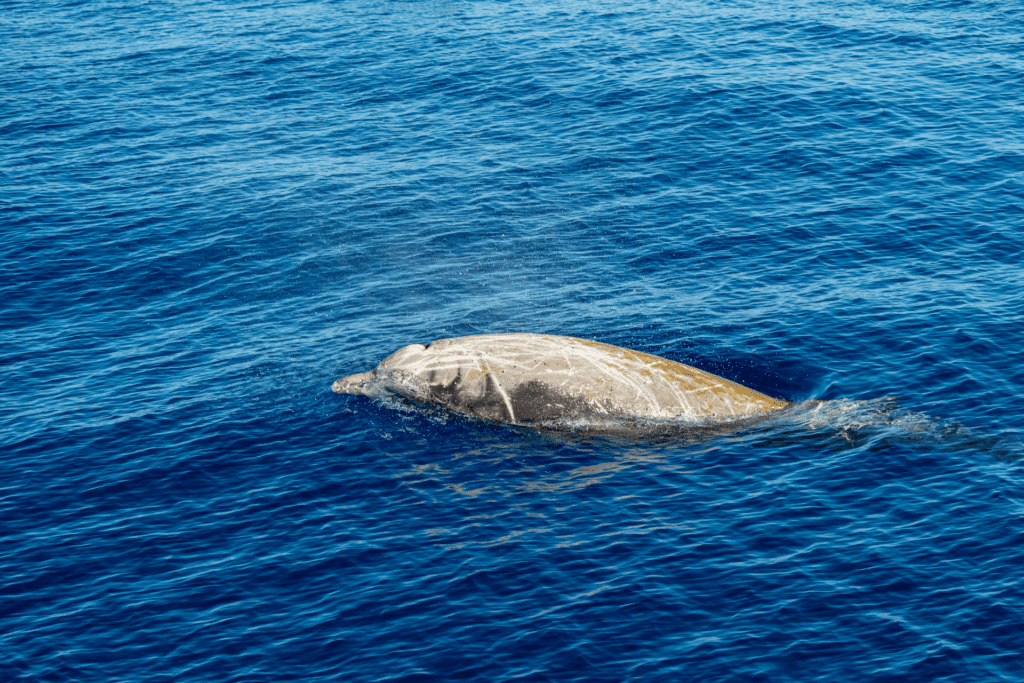

Anatomy of the Andrews’ Beaked Whale
The anatomy of the Andrews’ beaked whale reveals its adaptation to a life spent predominantly in the deep ocean.
Adaptations to deep-sea life
Structures like their robust ribcages and flexible lungs are designed to withstand enormous pressure changes during dives. Their circulatory system and muscle tissues have adaptations that allow them to conserve oxygen and resist the buildup of nitrogen, reducing the risk of decompression sickness.
Distinctive physical features
Besides their beaked snout, the males typically have two visible teeth at the tip of the lower jaw, which do not erupt in females. Their dark gray to black bodies may be covered in scars, possibly from encounters with squid or interactions with other males.
Comparisons with other beaked whales
When comparing them to other species in their family, Andrews’ beaked whales have a more robust body and shorter beak. Their unique head shape, particularly in males with a bulbous melon and forward-pointing beak, sets them apart from their relatives.
Conservation Status and Threats
Like many marine species, the Andrews’ beaked whale faces threats from natural and human-induced environmental changes.
Current conservation status
The International Union for Conservation of Nature (IUCN) classifies the Andrews’ beaked whale as “Data Deficient” due to the insufficiency of information on their population numbers and trends. This makes it difficult to ascertain their conservation status precisely.
Human-induced threats
Human activities, such as fishing, shipping, and ocean noise pollution, pose potential threats. There’s a concern that they may become inadvertently caught in fishing gear (bycatch) or affected by naval sonar exercises, which can disrupt their echolocation capabilities and potentially cause strandings.
Natural threats and predators
Natural predators of the Andrews’ beaked whale likely include large sharks and killer whales. Additionally, they may face competition for food from other deep-diving predators, impacting their feeding efficiency and overall survival.


Research and Observation
Research and observation efforts are necessary to learn more about the enigmatic Andrews’ beaked whale and develop conservation strategies.
Historical sightings and strandings
Most of the available information about this species comes from its rare strandings on beaches. These unfortunate events have provided samples for scientific analysis, offering a glimpse into their biology and ecology.
Modern research methods
Tagging and satellite tracking technology, acoustic monitoring, and deep-sea exploration equipment are among the modern research methods that scientists are using to study beaked whales. These minimally invasive techniques can provide valuable data on their movements, behaviors, and habitats.
Role of technology in studying the species
The advancement of technology, particularly in deep-sea exploration, is vital for reducing the mysteries surrounding the Andrews’ beaked whale. Autonomous underwater vehicles (AUVs) and remotely operated vehicles (ROVs) allow us to explore their habitat without direct human interference, promising a future where we may better understand these elusive creatures.
Unsolved Mysteries and Future Research
While research has shed some light on the Andrews’ beaked whale, much remains in the shadows.
Outstanding questions about Andrews’ beaked whale
Many questions remain to be answered about their social behavior, mating systems, and calf development. The exact nature of their communication and the full extent of their distribution are other puzzles yet to be solved.
Priority areas for future study
Future research should prioritize understanding their ecological role, the impact of environmental changes on their population, and standardizing methods to estimate their numbers.
Conservation efforts and global initiatives
Efforts to conserve the Andrews’ beaked whale will benefit from global cooperation and initiatives that protect marine habitats, mitigate bycatch, and reduce ocean noise pollution. Promoting awareness and fostering international collaborations could make significant strides in securing a future for these intriguing denizens of the deep.

